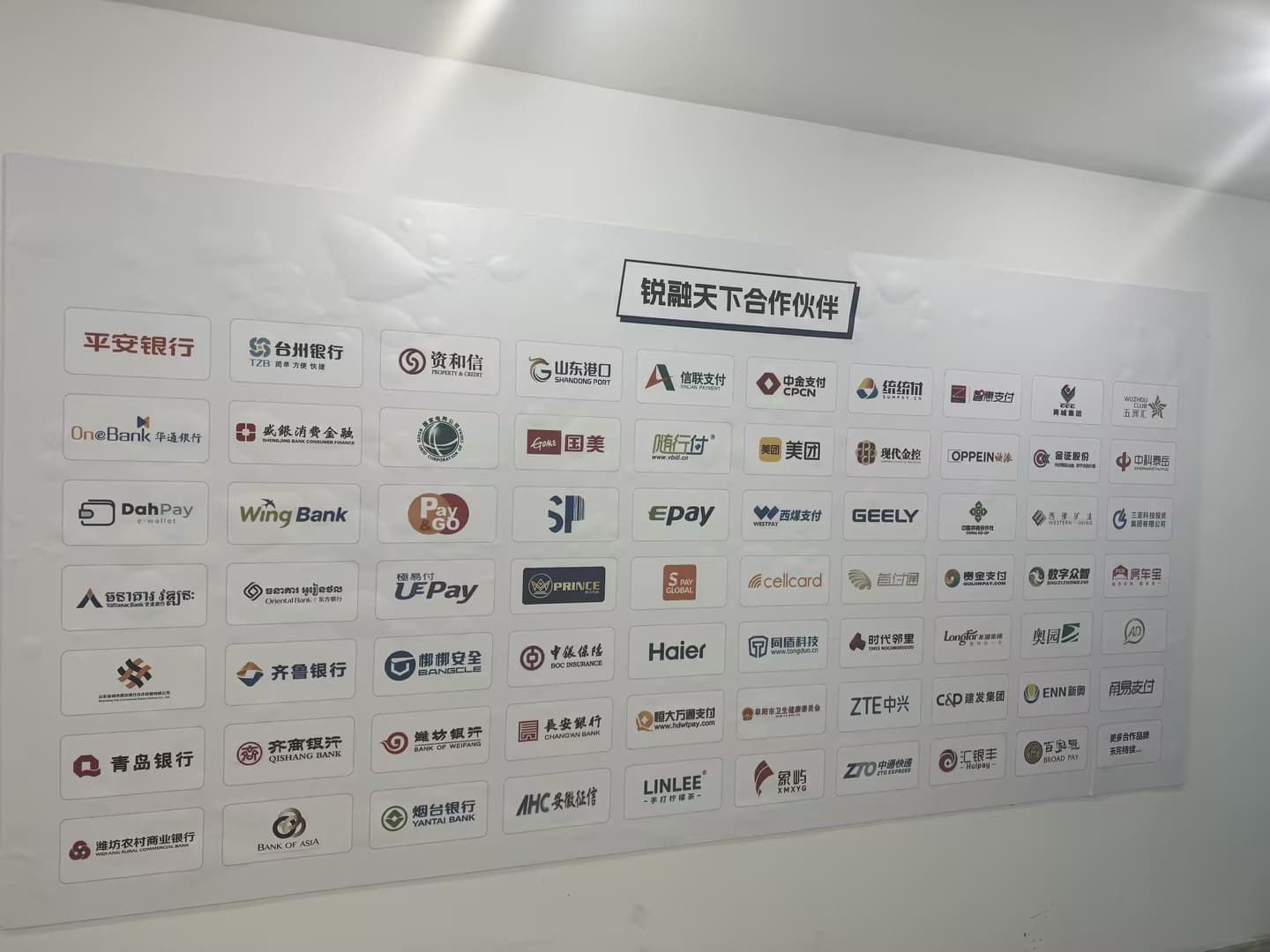In today’s rapidly evolving banking landscape, software development plays a critical role in enhancing operational efficiency, ensuring compliance, and improving customer engagement. One of the most effective planning tools in software development is the Work Breakdown Structure (WBS). This article will delve into the importance of WBS in software projects within the banking sector, how to create one, and provide a relevant sample.
Understanding Work Breakdown Structure (WBS)
A Work Breakdown Structure is a hierarchical decomposition of a project into smaller, more manageable components. It is an essential project management tool that facilitates planning, execution, and monitoring processes, ensuring that all tasks are defined adequately. In the context of software development in banking, a well-defined WBS can help teams break down complex systems into manageable parts, enhancing clarity and focus.
Why WBS is Crucial for Software Development in the Banking Sector
The banking industry is known for its complexity, with diverse requirements stemming from stringent regulatory demands, security protocols, and customer expectations. Here’s why a WBS is indispensable:
- Clarity and Focus: A WBS organizes the project into clear deliverables, making it easier for teams to understand their responsibilities.
- Improved Communication: It acts as a communication tool among stakeholders, ensuring that everyone is on the same page.
- Resource Allocation: A WBS assists project managers in identifying resource requirements at each level of the project.
- Deadline Management: By breaking tasks into smaller components, teams can set realistic deadlines that consider dependencies and constraints.
- Risk Management: A detailed WBS can help identify potential risks earlier in the process, allowing for proactive mitigation strategies.
Steps to Creating an Effective WBS
Creating a WBS requires careful planning and consideration. Here are the steps to develop an effective WBS for your software development project.
1. Define the Project Scope
The first step in creating a WBS is to define the scope of the project. This includes understanding the project goals, deliverables, and requirements. In the banking sector, this often involves collaboration between various departments, including compliance, IT, and operations.
2. Identify Major Deliverables
Once the scope is defined, identify the key deliverables. For a software development project in a bank, deliverables may include:
- Requirements Analysis
- System Design
- Development
- Testing
- Deployment
- Training
3. Break Down Deliverables into Tasks
Now, break each major deliverable into smaller tasks. For example, under system design, you might have tasks such as:
- High-Level Architecture Design
- Database Design
- User Interface Design
4. Create a Hierarchical Structure
Organize your deliverables and tasks in a hierarchical structure. This visual representation can be created using various tools such as Microsoft Project, Lucidchart, or even simple drawing tools. A sample structure might look like this:
Software Development Project
├── Requirements Analysis
│ ├── Stakeholder Interviews
│ ├── Requirement Documentation
├── System Design
│ ├── High-Level Architecture
│ │ ├── Define APIs
│ │ ├── Integration Points
│ ├── User Interface Design
│ └── Database Design
├── Development
│ ├── Backend Development
│ └── Frontend Development
├── Testing
│ ├── Unit Testing
│ ├── Integration Testing
│ └── User Acceptance Testing
├── Deployment
├── Training
5. Assign Responsibilities
With the WBS in place, the next step is to assign responsibilities for each task. This step ensures accountability and clarity within the team. For example, a business analyst might be responsible for requirements analysis, while a software engineer will handle development tasks.
6. Estimate Time and Resources
After assigning responsibilities, estimate the time and resources required for each task. This will serve as a foundation for creating project schedules and budgets. Since banking projects often involve compliance requirements, be sure to account for additional time and resources needed for regulatory checks.
Sample Work Breakdown Structure for Banking Software Development
Below is a more detailed sample WBS specifically tailored for a banking software development project:
Banking Software Development Project
├── Initial Planning
│ ├── Project Charter Creation
│ ├── Budget Estimation
│ └── Stakeholder Identification
├── Requirements Gathering
│ ├── Conduct Workshops
│ ├── Document Requirements
│ ├── Review with stakeholders
├── Design Phase
│ ├── Architecture Design
│ │ ├── Define Service Layers
│ │ └── Data Flow Diagrams
│ ├── UI/UX Design
│ │ ├── Wireframes
│ │ ├── Prototyping
│ └── Security Design
├── Implementation
│ ├── Development Environment Setup
│ ├── Database Schema Creation
│ ├── Feature Development
│ ├── API Integration
│ └── Code Reviews
├── Testing Phase
│ ├── Automated Testing
│ ├── Manual Testing
│ ├── Penetration Testing
│ └── Performance Testing
├── Deployment
│ ├── Staging Environment Setup
│ ├── Rollout Plan
│ └── Go-Live Strategy
├── Post-Implementation Support
│ ├── User Training
│ ├── Documentation
│ ├── Technical Support
│ └── Feedback Collection
Best Practices for Developing a WBS in Banking
As you create your WBS, consider the following best practices:
- Involve all stakeholders: Engage relevant stakeholders from different departments early in the process to ensure all perspectives are considered.
- Keep it flexible: The banking sector is constantly evolving. Your WBS should be adaptable to accommodate new regulations or technologies.
- Use clear naming conventions: Avoid technical jargon where possible to ensure that everyone involved in the project understands the structure.
- Regularly update the WBS: As the project progresses, regularly review and update the WBS to reflect any changes in scope or direction.
In conclusion, an effective Work Breakdown Structure is a vital tool in managing software development projects in the banking industry. By following the outlined steps and best practices, project managers can ensure that their projects are well-organized, on schedule, and within budget, ultimately leading to successful software implementation.

 Arabic
Arabic Dutch
Dutch French
French German
German Italian
Italian Portuguese
Portuguese Russian
Russian Spanish
Spanish












